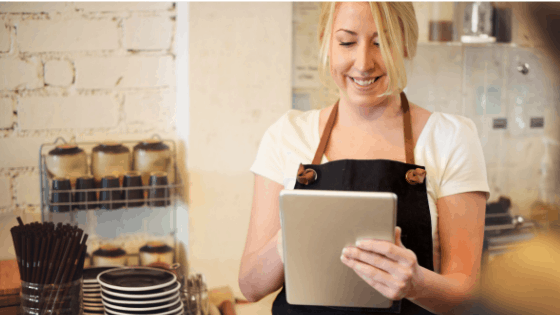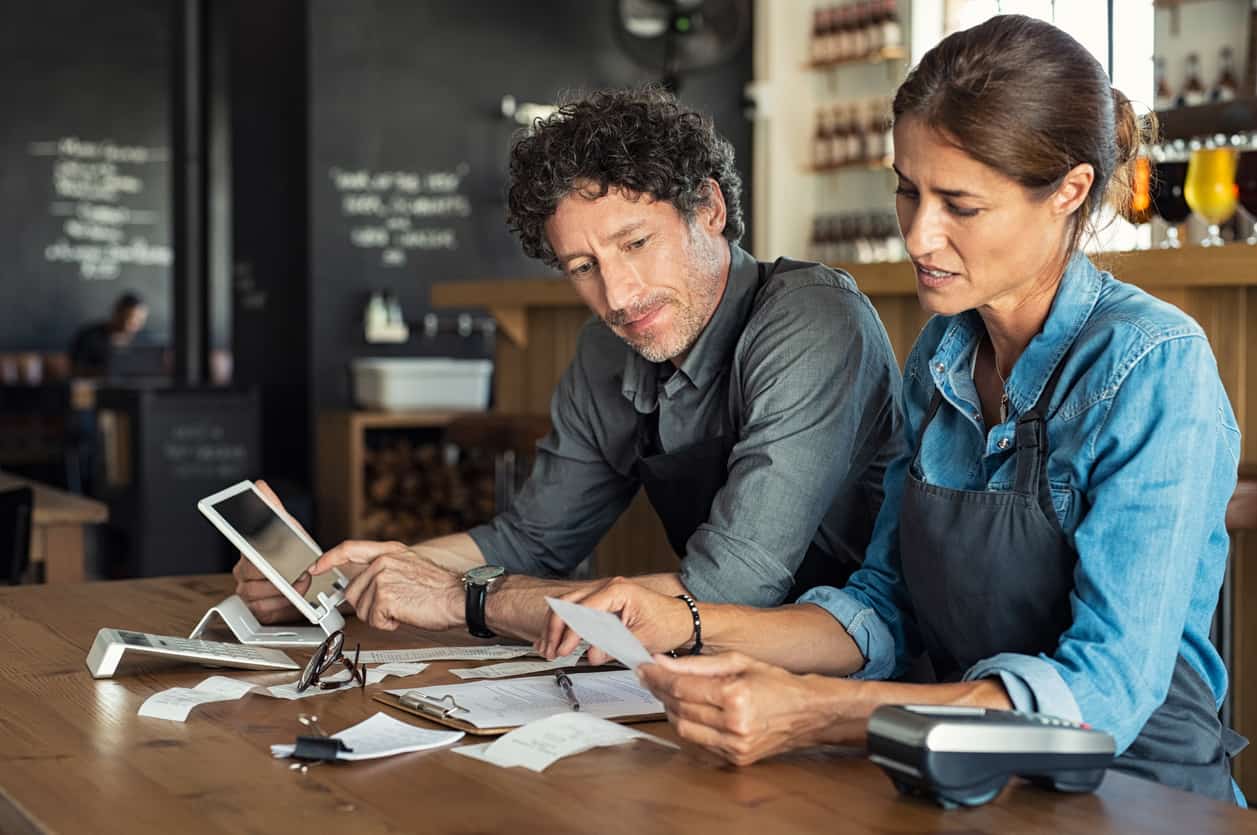13 Jun 2019 | Blog
Food delivery services are taking Australia by storm and have altered the way that Aussies dine. One in three Aussies indulge in food delivery regularly, and some are prepared to spend over $5 just to have their meals brought to their door. Food delivery apps like UberEATS, Deliveroo, and Menulog are absorbing billions of Aussie dollars every year, but what consumers don’t realise is that food delivery services can be a parasitic nuisance for restauranteurs, draining their resources and cannibalising existing sales. By riding the food delivery wave, restaurants can actually sacrifice customer satisfaction, customer service, and control over their product.
The Cost of Food Delivery Services
Food delivery platforms are very costly to businesses. Some delivery platforms charge up to 35% on every order just for the privilege of using them, which means the profit margin for your business is very low. In fact, that 35% is sometimes a business’ profit on a good day! While Uber used to cover the cost of customer refunds, it now requires restaurant owners to pay a percentage of that refund in cases of “missing items”, “incorrect items”, and “incorrect orders”, even if it’s the fault of the app or the driver. Furthermore, many businesses are not allowed to change the price of anything featured on the Uber or Menulog apps. All food items have to be exactly the same prices as what you charge in-house, so no adjustments compensate for the fee and customer refunds.
The ultimate financial risk of using food delivery apps is that you cannibalise existing customers which will erode your profitability. Research has shown that sales generated from delivery services often aren’t from new customers to your business—they’re from current loyal customers. Delivery apps encourage your regulars to stay at home, rather than stopping by in person or eating at your venue. The sales from your loyal customers who would ordinarily buy from you anyway are now ordering via delivery apps, which attracts a 35% commission. The result is that the overall costs of the business increase, with no financial benefits—only loss.
Decreased Customer Satisfaction
By using a food delivery app, like UberEATS or Deliveroo, you will likely decrease customer satisfaction. Delivered food can often arrive late; a traffic jam could delay a driver by up to 30 minutes. Delayed delivery could result in cold food (like ice-cream) becoming warm and warm food (like pizza) becoming cold. Furthermore, the people in charge of delivering the food will take less care than wait staff in a restaurant because they don’t have the same loyalty to the business they are representing. Some drivers pick up multiple orders at once, so food can be mis-delivered or take a long time to arrive. It has even been reported that the occasional driver has been known to help themselves to the food, or cancel the order after it has been collected.
Using food delivery services encourages customers to avoid leaving their home and therefore isolate themselves from their community. This isolation, although comfortable, decreases the deep customer satisfaction that is felt when creating meaningful experiences. If restaurants become mere storefronts for delivery services, they will cease to be public spaces. We’ve actually seen Cold Rock ice-cream outlets with no customers inside, just staff members scooping ice-cream from the freezer! Meals from your restaurant instead of dinner in your restaurant completely takes away from the experiences that restaurants are designed to offer.
Lack of Customer Service
When using a food delivery service, your restaurant sacrifices its ability to provide excellent customer service. Outsourcing to another company removes the face-to-face interaction that can set you apart from competitors and transforms a good experience into a remarkable one. Successful interactions between staff and customers can also be the thing that creates repeat business and recommendations. Traditional human interactions within your venue builds a rapport between consumers and businesses, and the familiarity it fosters makes everyone feel safe, happy, and fulfilled.
Sending off food via a delivery app, and the lack of face-to-face interaction, can be damaging to the morale of your staff. Many people join the restaurant industry because they love interacting with customers, so shoving beautiful meals into plastic takeaway boxes and sneaking out via the back alley to hand them to a driver can feel unsatisfying. Staff are also unable to see a reaction that their food elicits in customers. A conveyor belt mode of delivery makes working in the food industry an alienating experience for all.
Losing Control
When you outsource delivery to a food delivery app, you surrender control of your service. Restaurants no longer have a say concerning how long it takes the food to reach the customer, the condition the food arrives in, and the quality of the face-to-face customer service. Furthermore, if something goes wrong, and the customer is unsatisfied with the product or the service, they can criticize your business anonymously online, impacting your businesses’ reputation. When a customer is seated inside a restaurant for their meal, or at the very least, coming by to collect it themselves, you maintain control over the response to any hiccups in service. The business has the opportunity to address the customers concerns and ensure that they leave satisfied. Not only that, there are other convenient alternatives to food delivery apps where customers can still make mobile payments.
So What’s the Alternative?
TableTime, the marketplace mobile app, offers a convenient solution that doesn’t cost your venue and doesn’t rely on a middle-man to deliver the goods. Just like food delivery apps, TableTime allows customers to search for food, order from their phone and make mobile payments. The only difference is that there is no delivery driver, and customers either collect their food from the venue or eat their food in-venue. It’s the customers, not the businesses, who pay for TableTime, so restaurants don’t lose any money from existing patrons.
Restaurants should consider alternative convenience solutions to delivery apps. Customers enjoy convenient eating options, but often this just comes down to someone else cooking their food, and that food being ready when they are hungry. TableTime provides this convenience, while also providing a far superior experience for customers, staff, and businesses alike.





